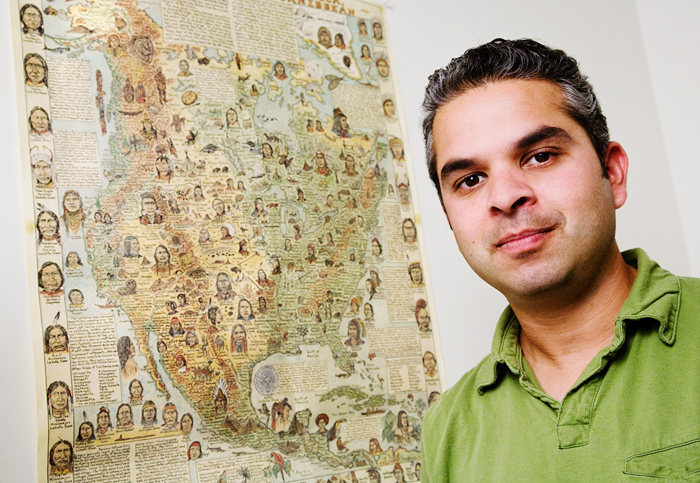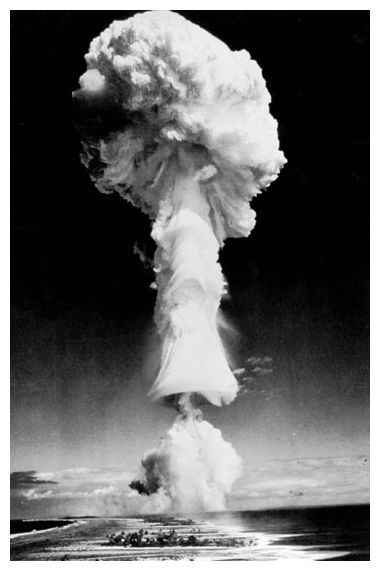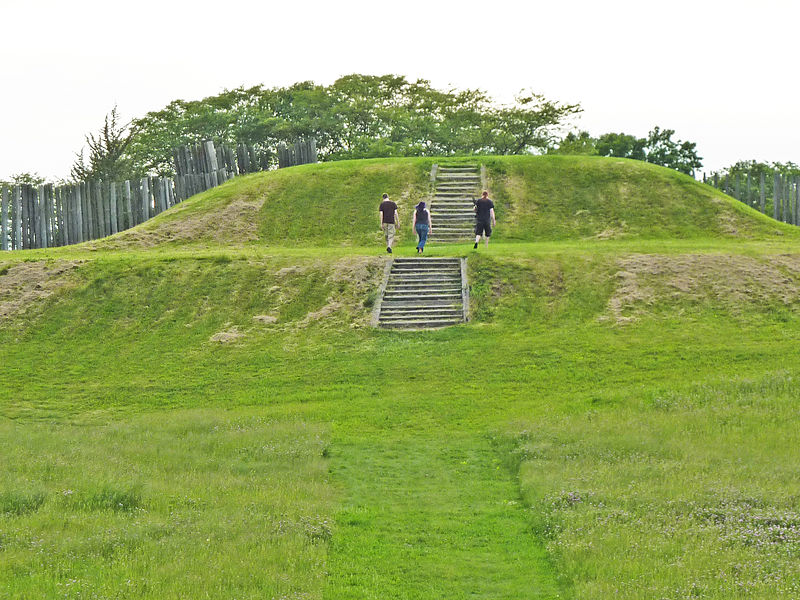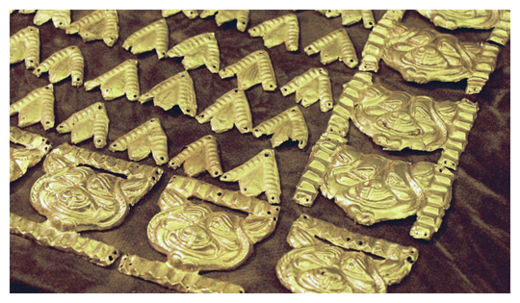OF THE
TIMES
[H]e had a profound effect on thousands of individuals who took his courses - who in turn affected others. Undoubtedly the ripples from the stones he dropped eventually touched some of today's leading libertarians.The entire obituary of Galambos written by Browne is must reading. Browne says a lot of negative things about Galambos, but at the end of reading the obituary, the thought lingers: Who was this guy? And the next thought is: Boy, I wish I could have sat in on one of his courses. They aren't any notes of his class. Browne reports, Galambos was very protective of his ideas and never put anything in writing. Indeed, Browne tells us:
He was a fascinating mixture of contrasts. He combined a brilliant mind with an ungracious personality. He was an astrophysicist who taught social science. He preached the importance of respect for intellectual property, but freely lifted the ideas of others without giving them credit. He was dishonest, but he inspired others to be more honest. He disdained the word "libertarian" while turning thousands of people into libertarians. He was an insensitive teacher, and yet he apparently changed the lives of most of the people he taught.
He required every student entering one of his courses to sign a contract agreeing not to divulge any of the course ideas without permission from Galambos - and not even to use the ideas, in business or elsewhere, without permission.






Comment: Try reading 51 Documents by Lenni Brenner to get some idea of the extent of Zionist-Nazi collaboration.
Psychopaths, like water, always find their level...